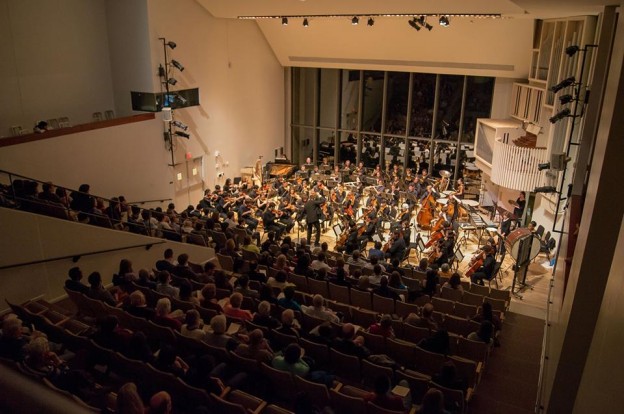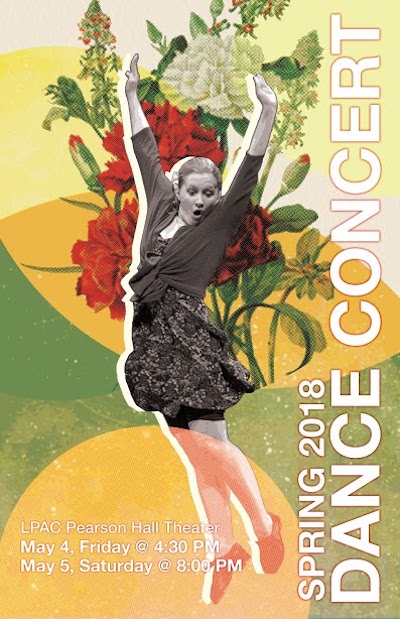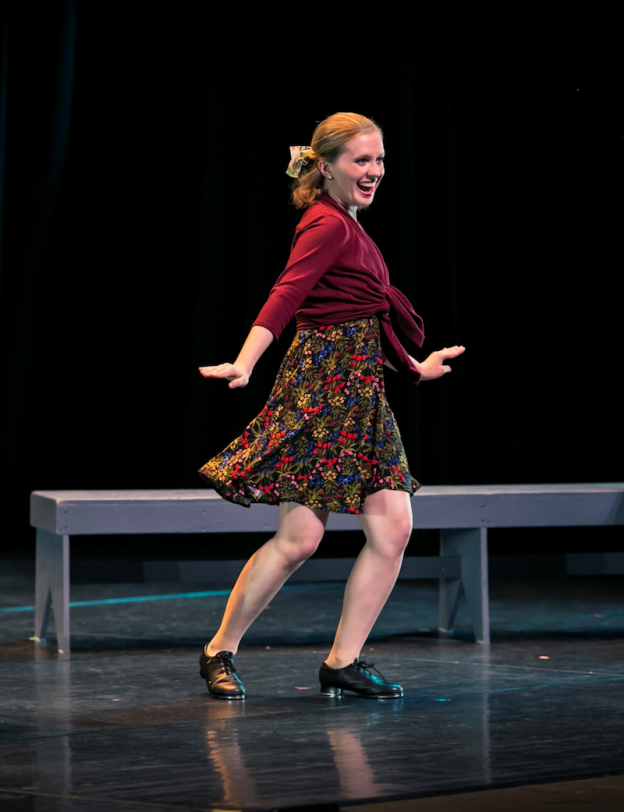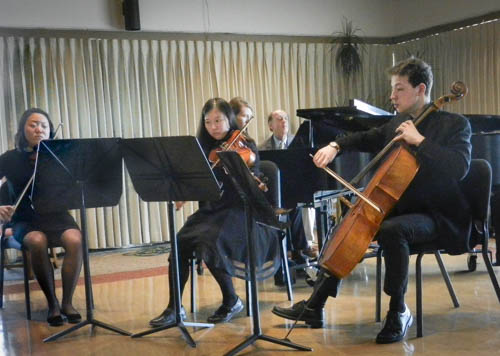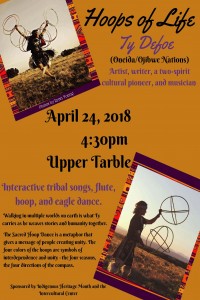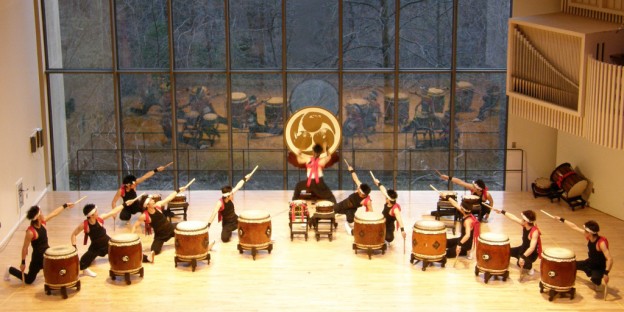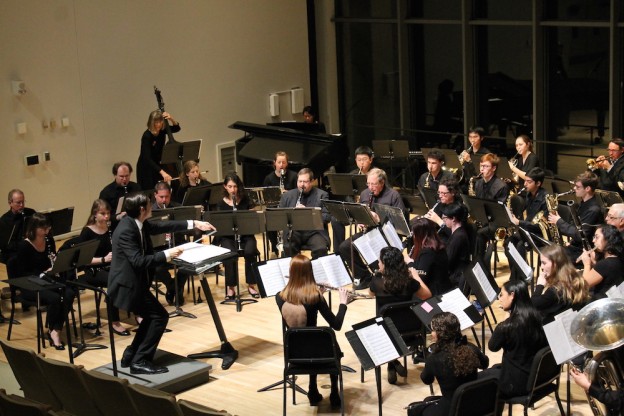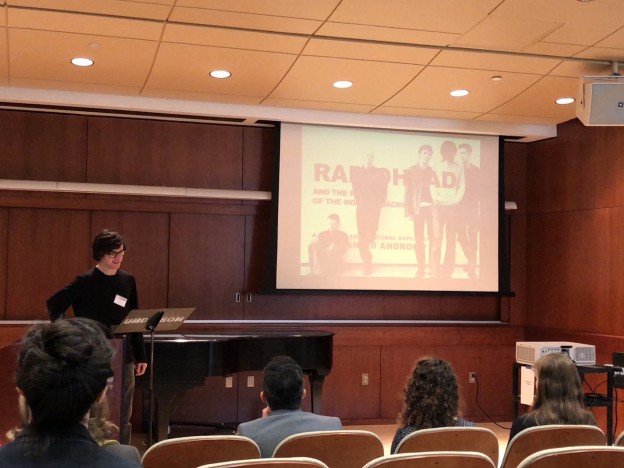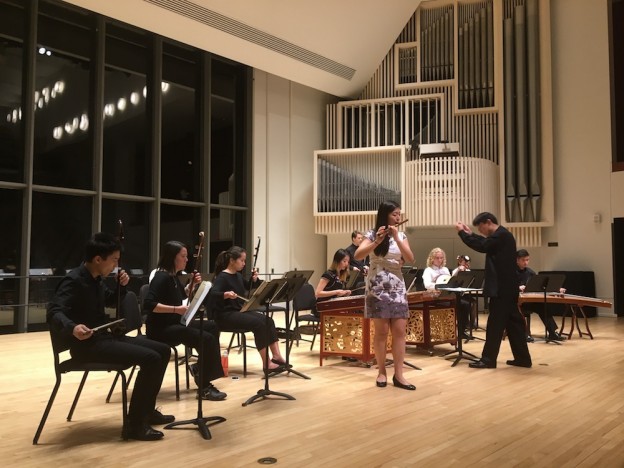Each semester, the Swarthmore College Orchestra performs a culminating concert of various musical works in Lang Concert Hall. This semester, the orchestra is playing two pieces: the first movement of Beethoven’s Piano Concerto No. 5, also called the “Emperor Concerto,” and Rachmaninoff’s Symphonic Dances. Professor Andrew Hauze of the Music and Dance Department directs the orchestra and has put careful time and thought into choosing the pieces the orchestra plays each semester, deliberating what will be challenging and simultaneously rewarding to play.
This year, Josh Mundinger ‘18 won the Concerto Competition; a contest held each spring, the winner of this competition performs in the Orchestra’s spring concert. Mundinger chose to prepare Beethoven’s “Emperor Concerto,” which is why the orchestra is playing this particular piece in the concert. Rachmaninoff’s Symphonic Dances was deliberately selected as a rich learning experience for the orchestra students, as the musical work is interestingly complex and notoriously challenging.
Professor Hauze spoke on his decision to have the orchestra play the Rachmaninoff piece: “with the personnel that we have, all the students want a challenge and I want to give them a challenge. This piece is one which is very difficult but I think it’s the kind of piece where everyone has at some point a very important part and it’s all very musically satisfying, there’s no filler in this piece. Everything everyone plays, there’s a reason for why it’s there, and the way that it interacts with the other parts of the orchestra I find interesting and complex. The learning experience of the piece is very rich, my own study as well as learning with the orchestra.”
Rachmaninoff wrote the work to premiere in 1941 for the Philadelphia Orchestra, with which he had worked a number of times and was close friends with the conductor, Eugene Ormandy, as well as the orchestra players. According to Professor Hauze, this may contribute to the reason why the work allocates importance to every instrument in the orchestra.
Although Symphonic Dances is considered a difficult work to play, Professor Hauze was confident in the capabilities of this group of musicians to tackle such a stylistic challenge. According to Hauze, though the work has become a more common repertory piece for orchestras, it is very rare for college students to have already played Symphonic Dances in their high school orchestras, and he was hopeful that it would be new and exciting for everyone involved.
“[The orchestra is] game for a challenge and really strive with a lot of enthusiasm and energy to improve every week. I think they bring a freshness to it. In a way, this piece combines a sharply etched and sometimes satirical style with late nineteenth century, sweeping textures. It’s a tricky style to figure out. The group brings this sense, and they don’t have any preconceived notions, we’re going at it and learning it together.”
The Orchestra concert will be held on Friday, May 4 at 8pm in Lang Concert Hall. This performance will be free and open to the public.
Marion Kudla ’19
